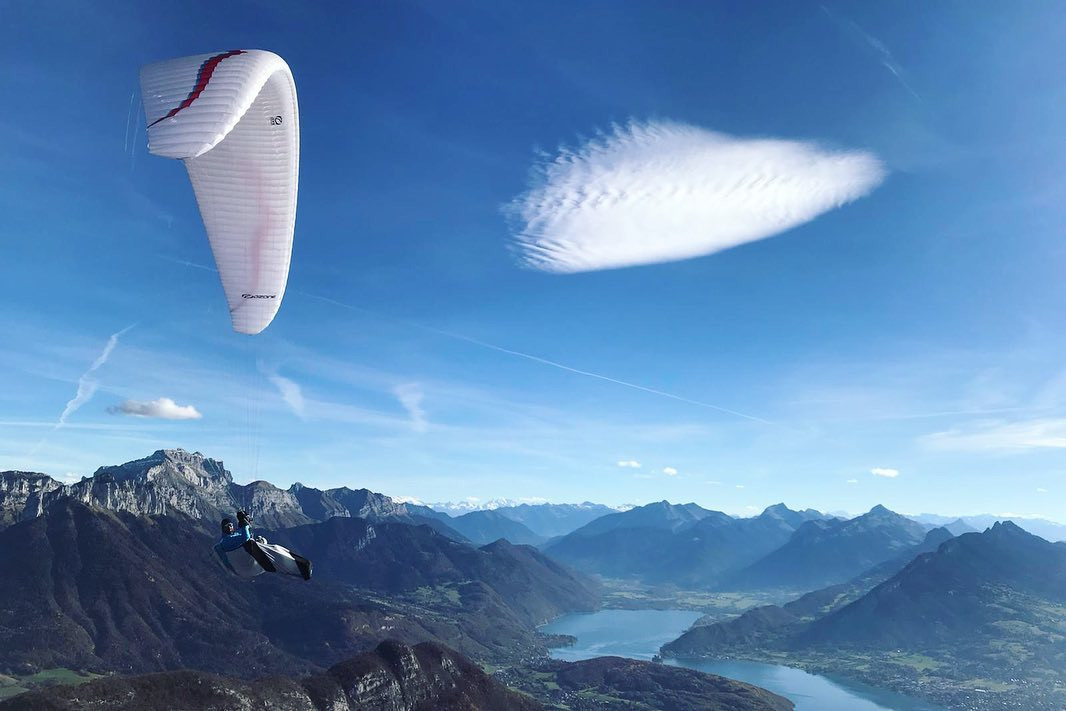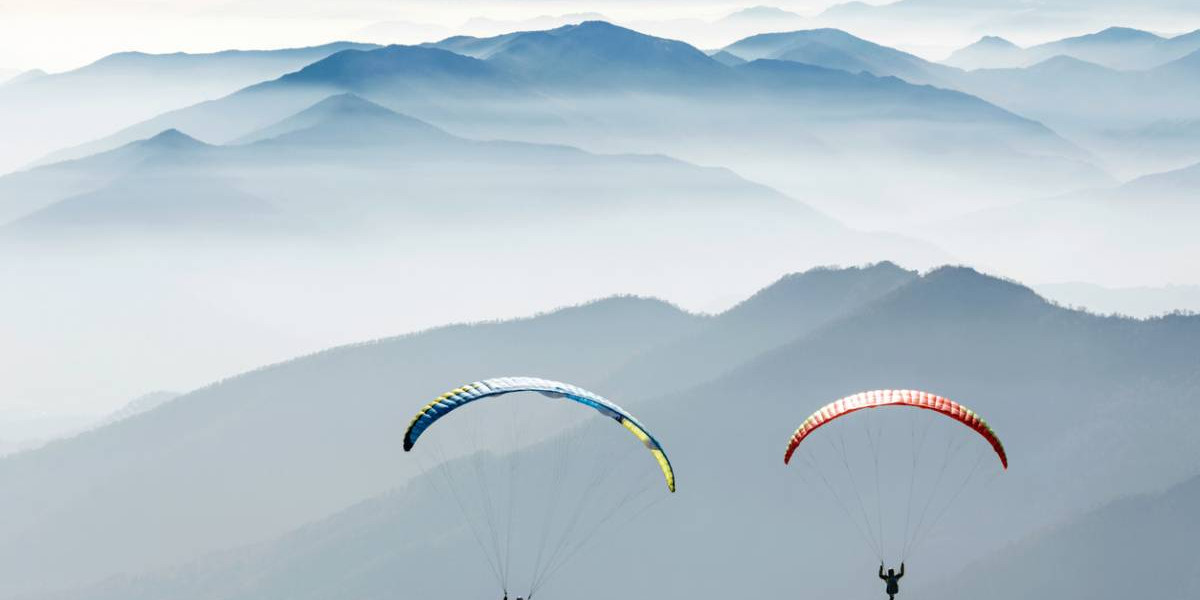Paragliding is a sport that provides thrills to its practitioners. For those who love this sport, flying at altitude and for as long as possible is the best experience. In order to achieve this, it is essential to master the thermalling process in paragliding. Adrenaline Paragliding explains everything you need to know about thermalling to make your flights more exciting.
What do you need to know about thermals in paragliding?
A paragliding thermal is a meteorological phenomenon that occurs when warm air rises in the atmosphere. In other words, it is an updraft that paragliders use to gain altitude without having to use their engine. Thermals are formed when the air is heated by the sun. This creates an area of warm air in the atmosphere.
Paragliders usually seek out thermals to increase their altitude and prolong their flight. Thermals are especially useful for long-distance flights, as they allow paragliders to move away from their starting point. Thus, thanks to this natural phenomenon, you have the possibility to fly long distances in a paraglider. There are several types of thermals in paragliding. It is important to be able to distinguish between them in order to optimise your paragliding flight.
Firstly, we have convection thermals. These are the most famous thermals in paragliding. They occur when the air on the ground is heated by the sun, creating bubbles of warm air in the sky. Then there are slope thermals, which occur when the wind blows over a hill or mountain. This type of thermal creates an area of turbulence that generates currents of warm air.
Convergence thermals are formed when two warm air masses meet. This creates a convergence zone where the warm air is pushed upwards. Although it is great fun to enjoy these thermals, it is important to remember that they can sometimes be dangerous for paragliders. You must therefore be vigilant and watch your altitude every time you fly a paraglider. This is important because flying too high can expose you to the risk of a drop in temperature, and the legislation does not allow this.
Before you go paragliding, take the time to find out about the weather conditions to avoid thermals which can be dangerous. With Adrenaline Parapente, you have nothing to fear. We take all the necessary measures to guarantee you safe flights.
How to find a paragliding thermal?
Finding a thermal when paragliding can sometimes be a real headache. The phenomenon of thermals is not easily identifiable. There are several effective tips for recognising them when they appear.
Use flight instruments
When looking for a thermal, there are several flight instruments that can be used. These include a variometer, a GPS or a compass. The variometer is used to measure changes in altitude. It can also tell you whether you are in a thermal or not. The GPS can record your route and show you where you have found thermals during your previous flights. As for the compass, it can help you navigate to areas where thermals are common.
Look out for signs of thermals
There are several natural signs that you can tell if you are in the presence of a thermal: birds circling, cumulus clouds, leaves on trees moving atypically, etc... You should therefore pay attention to the visual signs around you. They are indeed potential indicators of thermals.
Read the weather
Weather conditions can affect the formation of thermals. Learn to read the weather reports to identify conditions that are favourable for thermals. Winds, temperature and air pressure are all elements that can influence the formation of thermals.
You can also trust the professionals at Adrenaline Parapente to help you find the best thermals for paragliding. At Adrenaline Parapente, we have all the necessary experience to recognize and identify thermals.
The best techniques for thermalling in paragliding
Thermalling in a paraglider is a very exciting experience for paragliders. However, in order to enjoy this experience, it is important to be aware of certain techniques. First of all, you should observe the weather conditions before taking off. Secondly, it is advisable to fly at a medium altitude to better feel the air movements.
You will also need to fly at a constant speed to better spot changes in air direction. Once you have spotted a thermal, you must position yourself well. To do this, it is recommended that you fly in a circle in the thermal while staying on its periphery. You should also keep an eye out for other paraglider pilots who are in the same area as you. To gain altitude in paragliding, simply look for areas where the warm air is rising and fly in the thermal.
Thermalling is a key step for paraglider pilots. By being able to spot them, paragliders can fly higher and longer, and have a memorable experience.


